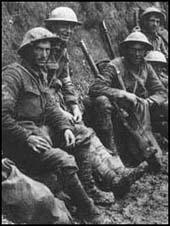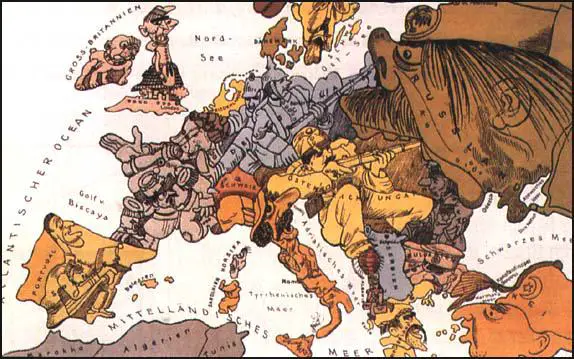Russia in 1914

In 1914 the Russia Empire included Poland, Finland and large parts of Transcaucasia. The majority of the 166 million population were Slavs but as well as Jews and Turks there were dozens of other nationalities. Several of these groups wanted regional autonomy and this was the cause of a constant source of political conflict.
Tsar Nicholas II ruled the Russian Empire as an absolute monarch. However, following the loss of the war with Japan in 1905, serious disturbances took place in St. Petersburg and Nicholas was persuaded to accept a reduction in his power. In March, 1905, he announced plans to form a Russian Parliament called the State Duma. As this was only a consultative body, many Russians felt that this reform did not go far enough and over the next few years the country remained unstable.
The Russian government considered Germany to be the main threat to its territory. This was reinforced by Germany's decision to form the Triple Alliance. Under the terms of this military alliance, Germany, Austria-Hungary and Italy agreed to support each other if attacked by either France or Russia. In 1907 Russia joined Britain and France to form the Triple Entente.
Industrial unrest in Russia continued throughout this period and in 1912 hundreds of striking miners were massacred at the Lena goldfields. During the first six months of 1914, almost half of the total industrial workforce in Russia took part in strikes.
In 1914 the Russian Army was the largest army in the world. However, Russia's poor roads and railways made the effective deployment of these soldiers difficult.
The Russian Army Air Service (RAAS) was established in 1912 and two years later owned 360 aircraft and 16 airships. This made the RAAS the largest airforce in the world.
In 1914 the Russian Navy had 4 battleships, 10 cruisers, 21 destroyers, 11 submarines and 50 torpedo boats.

